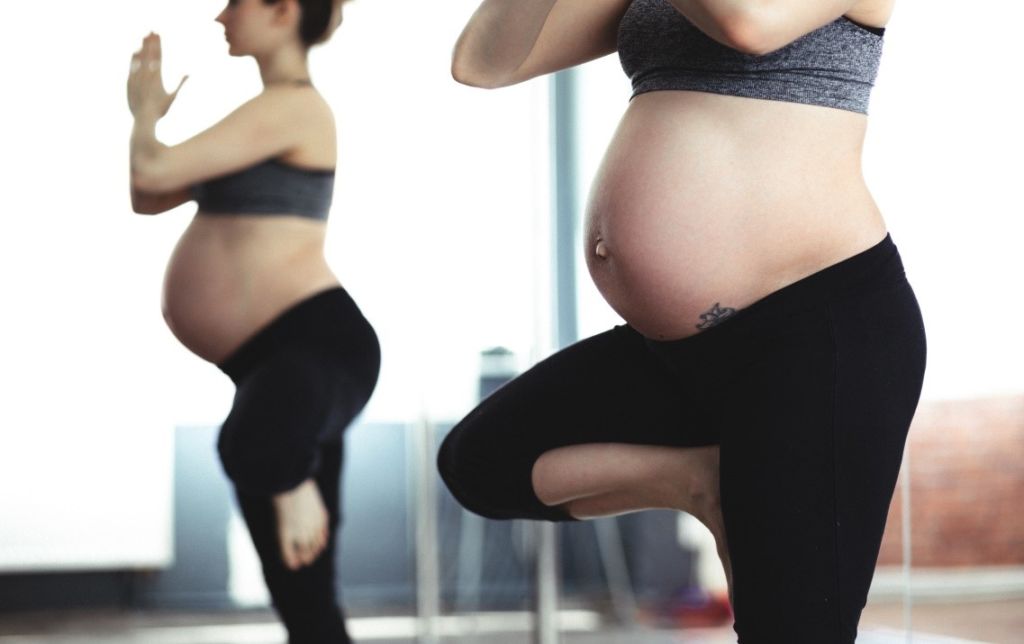Postpartum Recovery
Have you ever heard of an athlete getting back on the field after a major injury WITHOUT a period of rest followed by intense rehab? Of course not! But somehow the expectation for women after their pregnancy is to mysteriously “bounce back” to normal activity, appearance, and function without any guidance. Most mamas even attempt to do this while caring for one or more very adorable, yet extremely needy human beings.
Wow!! Just writing that paragraph made me feel anxious! Thankfully our society is beginning to recognize the fact that child-rearing is hard work and calling in reinforcements is acceptable and often necessary. Thank you doulas, lactation consultants, counselors, chiropractors and more for all that you do! I would like to propose that a Women’s Health Physical Therapist should ALSO be part of your postpartum team.
Women’s Health Physical Therapists specialize in the changes that occur within your musculoskeletal system (muscles and bones) during and after pregnancy. They often have additional training in pelvic health which means they have specialized skills in how to assess the pelvic floor’s function from an external as well as an internal perspective.
Let me tell you a story about how one woman’s body changed after having her first baby; let’s call this woman Susie. In the delivery room, Susie’s baby made its way through the birth canal so quickly that Susie’s perineum had very little time to stretch to make a clear path for her baby to exit. Susie ended up with significant perineal trauma that required stitches to repair. After the delivery, it was painful for Susie to walk around her hospital room and sitting proved to be very uncomfortable as well. She faithfully rested and used her ice packs for pain relief in hopes that with time she would feel better. As time went on and she saw other new moms grocery shopping, going for walks, and starting to exercise again, Susie started to become worried that she was falling behind in her postpartum recovery! Not only was she still having pelvic pain that got worse with activity, she was now having rectal pain that filled her with dread each time she felt the urge to have a bowel movement. Susie was given the go ahead to return to sexual intercourse and begin exercising again at her 6 week follow-up appointment with her OBGYN, but she knew there was no way she could tolerate these activities without experiencing a lot of pain. Susie had proactively participated in Physical Therapy before delivering her baby, so she bravely asked for another referral.
Although a woman’s body is going to be forever changed after participating in the miracle of creating life, mamas shouldn’t feel like they’re left with a body that is broken. Physical Therapists want to give you tools and strategies that keep you strong so you can participate in activities that make you healthy and happy inside and out! We want you to lift and chase after your little ones, return to intimacy in an enjoyable way with your partner, and be able to participate in activities like barre classes, 5ks, and nature hikes. Sometimes it is a common misconception that women “pee when they sneeze” BECAUSE they had a baby, it’s “normal for sex to hurt” BECAUSE they had a baby, or “vaginal heaviness” occurs BECAUSE they had a baby. While it’s true that these things commonly HAPPEN after we’ve had babies, they aren’t normal or inevitable after having children, and it will likely require more than just lots and lots of kegels to solve these problems.
Let’s check in with Susie again to see how things turned out after going to several Physical Therapy appointments. Susie learned that her pelvic floor and surrounding muscles were very tight (kegels were NOT recommended) and that she needed to learn how to combine breathing, stretching, and relaxing positions to maintain a relaxed and healthy pelvic floor. Her Physical Therapist performed manual techniques to break up scar tissue from her episiotomy which improved the elasticity of her perineum. They even taught her how to work on these things at home on her own between sessions. With hard work and guidance from her Physical Therapist, she was able to enjoy sex with her husband again, have bowel movements with less pain, and exercise with confidence because she had learned safe ways to move her body.
Physical Therapy for mamas can be done during your hospitalization, at an outpatient clinic, or even in your own home! And while there are lots of therapists just waiting for mamas to walk through their doors, it isn’t standard for Physical Therapists to be included in postpartum care in the United States. Good news though, they are accessible and sometimes even covered by insurance when you seek them out. You’ll know you’ve found an exceptional Physical Therapist when they ask about your specific goals, give you tasks to complete at home between sessions, and you notice progress after each session.
Knowledge is power, and I hope that this information empowers you to feel comfortable talking to your providers about Physical Therapy or seeking it out on your own. Mamas do incredible things and they deserve to have the resources they need to live their best life.
Newly postpartum and ready to get started? Download this FREE handout to start your postpartum recovery journey today (even useful for mamas still in the hospital!)
If you’re ever looking for free information from the perspective of a mama and Physical Therapist, I put out videos weekly on my YouTube channel. I also offer 1 on 1 Physical Therapy Evaluation and Treatment sessions for moms living in West Michigan and offer an Online Postpartum Recovery Course for moms that don’t have the time or resources to get out to appointments.
Investing in your health is one of the best investments you can make. Become a STRONG mama so you can grow a STRONG family!
Dr. Nicole Bringer, DPT
Owner of Mamas & Misses, LLC
Email: nicole@mamasandmisses.com
Phone: (616) 466-4889
Postpartum Recovery Read More »






